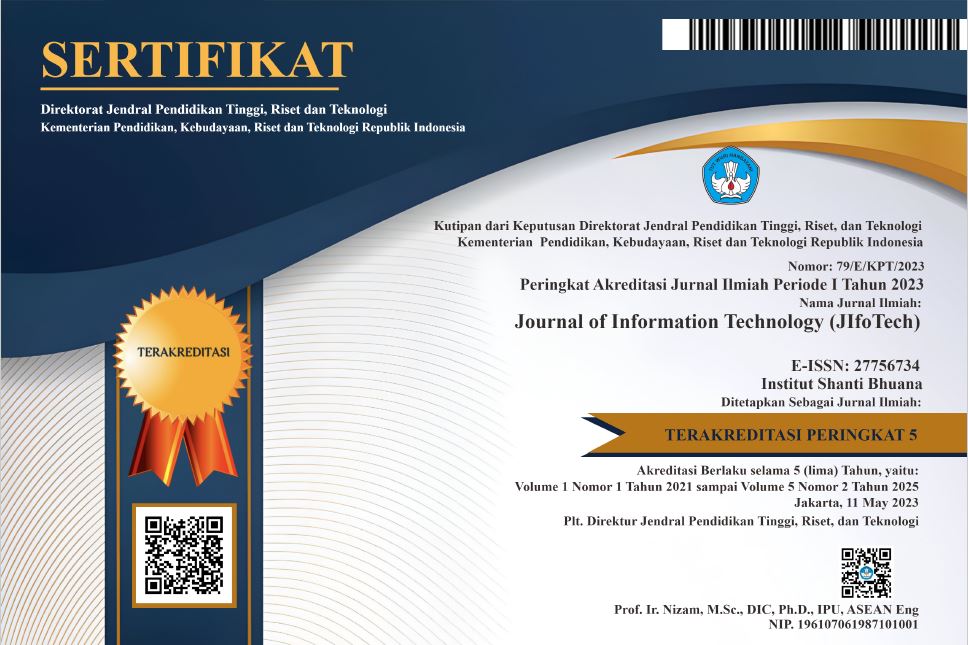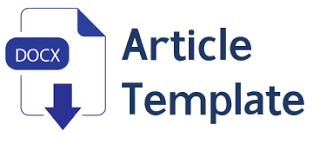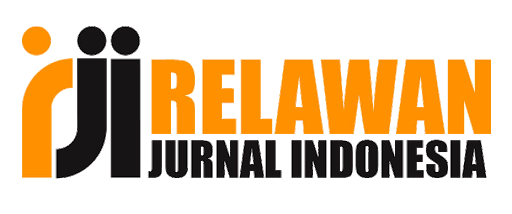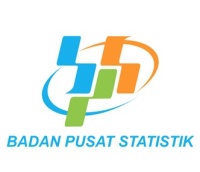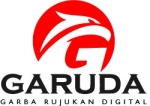Author Submission
Berikut ini adalah panduan penulis atau aturan dalam penulisan template artikel JIfoTech.
- Artikel belum pernah dimuat/diterbitkan pada media lain.
- Artikel yang dimuat dalam jurnal ini terdiri dari beberapa hal tentang: kebijakan, penelitian, pemikiran, review konsep/teori, resensi buku baru dan informasi lain yang berkaitan dengan permasalahan bidang teknologi informasi.
- Artikel harus diserahkan secara online melalui situs web jurnal. Penulis harus log in untuk menyerahkan artikel. Untuk panduan penyerahan naskah lihat di menu online submission. Pendaftaran online tidak dipungut biaya.
- Panjang naskah antara 4 sampai 12 halaman A4 (210 x 297 mm) dengan format artikel sesuai template yang disediakan, termasuk di dalamnya gambar, tabel, tidak mengandung apendiks. Artikel ditulis menggunakan Microsoft Word (.doc/.docx) dengan batas atas 19 mm, kiri dan kanan 14.32 mm, serta 43 mm untuk batas bawah.
- Judul dan Kata Kunci dituliskan dalam Bahasa Indonesia, sedangkan Intisari dan Abstract, harus dituliskan dalam Bahasa Indonesia dan Inggris.
- Jumlah kata judul maksimal 12 kata dengan ketentuan:tipe huruf Times New Roman (TNR) dengan ukuran huruf 14, spasi tunggal, rata tengah, cetak tebal (Bold).
- Penulisan judul artikel disarankan menggunakan Bahasa Indonesia yang sesuai dengan Ejaan Yang Disempurnakan (EYD). Apabila terdapat kata-kata dalam Bahasa Inggris, ditulis dengan format miring (Italic).
- Penulisan author yang dari satu afiliasi tidak perlu ada penanda number, namun jika bersumber dari beberapa afiliasi ditandai dengan beberapa number. author dari afiliasi yang sama dengan number yang sama.
- Penulisan afiliasi dan alamat harus lengkap.
- Artikel dimulai dengan Abstract dan Intisari. Abstract dan Intisari tidak boleh mengandung gambar maupun tabel, rata kanan-kiri, huruf Times New Roman (9), dan spasi tunggal. Abstract ditulis dalam Bahasa Inggris dan Intisari ditulis dalam Bahasa Indonesia. Abstract dan Intisari tidak boleh kurang dari 100 kata dan tidak lebih dari 250 kata. Abstract dan Intisari harus menjelaskan esensi isi artikel keseluruhan.
- Kata Kunci mengandung empat hingga delapan kata, dipisahkan dengan koma, rata kanan-kiri, huruf Times Nes Roman (9), dan spasi tunggal. Kata kunci dipilih secara cermat, sehingga mampu mencerminkan konsep yang dikandung artikel dan membantu peningkatan keteraksesan artikel yang bersangkutan.
- Tubuh artikel harus mengikuti kaidah berikut:
Ditulis dalam dalam format dua kolom dengan ruang 4.22 mm antar kolom, rata kanan-kiri, Times New Roman 10, spasi 1. Batas margin ditetapkan sebagai berikut: batas atas = 19 mm, kiri dan kanan = 14.32 mm, serta bawah = 43 mm - Sistematika penulisan artikel harus mengandung empat bagian utama: (1) Pendahuluan, (2) Tinjauan Pustaka, (3) Metodologi Penelitian, (3) Hasil dan Pembahasan, dan (4) Kesimpulan dan Saran. Ucapan Terima Kasih boleh ditampilkan setelah Kesimpulan. Referensi diletakkan pada bagian paling belakang.
- Heading maksimum dibuat dalam 3 tingkat:
- Heading 1: Heading tingkat 1 harus dalam small caps, terletak di tengah-tengah dan menggunakan penomoran angka Romawi huruf besar. Heading tingkat 1 yang tidak boleh menggunakan penomoran adalah "Ucapan Terima Kasih" dan "Referensi". Sebagai contoh, “I. PENDAHULUAN”.
- Heading 2: Heading tingkat 2 harus miring (Italic), merapat ke kiri dan dinomori menggunakan abjad huruf besar. Sebagai contoh, "C. Bagian Heading".
- Heading 3: Heading tingkat 3 harus diberi spasi, miring, dan dinomori dengan angka Arab diikuti dengan tanda kurung kanan. Heading tingkat 3 harus diakhiri dengan titik dua. Isi dari bagian tingkat 3 bersambung mengikuti judul heading dengan paragraf yang sama. Sebagai contoh, bagian ini diawali dengan heading tingkat 3.
- Gambar dan tabel harus terletak di tengah (centered). Gambar dan tabel yang besar dapat direntangkan pada kedua kolom. Setiap tabel atau gambar yang mencakup lebar lebih dari 1 kolom harus diposisikan di bagian atas/bawah halaman. Gambar diperbolehkan berwarna. Gambar diberi nomor dengan menggunakan angka Arab. Keterangan gambar dalam huruf Times New Roman 8. Keterangan gambar dalam satu baris diletakkan di tengah (centered), sedangkan multi-baris rata kanan-kiri. Keterangan gambar ditempatkan setelah gambar terkait. Gambar dapat dibuat dengan satu kolom.
- Persaman matematika harus ditulis secara jelas, dinomori secara berurutan, dan dilengkapi dengan informasi yang dibutuhkan.
- Kutipan dan Referensi ditulis mengikuti standar IEEE disarankan menggunakan aplikasi Mendeley
Kutipan dinomori dalam format [1], [2], [3], ... sesuai urutan muncul. - Wikipedia, blog pribadi, dan situs web non ilmiah tidak diperbolehkan.
- Referensi utama harus diambil paling lama 5 tahun.

